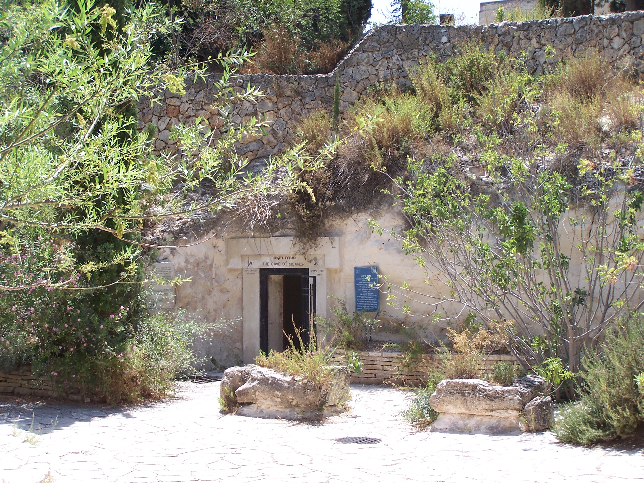Scholars in Israel tend to view Synoptic Gospel texts through Hebraic and rabbinic eyes. Many Israeli scholars, including the late Professor Shmuel Safrai, are in the habit of first translating synoptic texts to Hebrew to see with what ease they revert to Hebrew; and then secondly, comparing the resultant translation with rabbinic sources in an effort to determine whether there are any parallels in rabbinic sources. Unfortunately, it has become common in many scholarly circles outside Israel to dismiss rabbinic literature as having little or no validity as background to the Synoptic Gospels since rabbinic sources were compiled long after these Gospels were written. In this article Safrai provides convincing evidence that much of later rabbinic literature faithfully reflects the situation in Second-Temple times. He demonstrates just how important the rabbinic material is for gaining a fuller understanding of the Gospels. —JP

Rabbinic literature contains extensive facets of Jewish life from the Second Temple period until the Byzantine period and shortly thereafter. It includes halachic (legal) and aggadic (non-legal, ethical and narrative) passages, homilies and homiletic fragments, biblical exegesis, debates among sages, and between sages and laypersons, sectarians or Gentiles. It also includes a number of historical traditions. This rabbinic tradition has come down to us in nearly every literary form: direct sayings, stories, homilies, parables, poetic fragments, pure fiction, folk sayings, and many more. Obviously one cannot construct a continuous historical framework for the Second Temple period, or the period after the destruction of the Temple, on the basis of rabbinic sources. Rabbinic literature did not intend to relate the history of the Jewish people in an orderly fashion. Many of the decisive events in Jewish history appear in the literature in the form of homiletic narrative, merging events that took place at different times such as during the destruction of the First Temple and the Second, and even during the Trajanic Revolt (112-115 C.E.) and the Bar Kochva Revolt (132-135 C.E.). Furthermore, halachic pronouncements have often come down to us in the form of combinations of different levels and different periods and sometimes from different and even conflicting schools. Obviously, rabbinic tradition often relates aggadic passages and prayers in a fused form, combining different levels of traditions from many generations.
Premium Members and Friends of JP must be signed in to view this content.
If you are not a Premium Member or Friend, please consider registering. Prices start at $5/month if paid annually, with other options for monthly and quarterly and more: Sign Up For Premium
Conclusion
Obviously there can be no general consensus on the extent of the historical value of rabbinic sayings. To one scholar a testimony, saying or tradition (anonymous or ascribed to a certain sage) may seem to be unimpeachable historical evidence, and to another nothing more than a literary tradition. Even the same scholar may not always take the same position. Sometimes a scholar changes his position about a piece of “evidence.” Nevertheless, often one may reach sound conclusions as to the degree of reliability of a rabbinic tradition; but only, however, if these are drawn on the basis of serious analysis of text and context, taking into account how the tradition fits into the mosaic of rabbinic tradition from both literary and historical points of view.
- [1] In this article I summarize what I perceive as the correct way to deal with rabbinic sources and do not engage in a controversy or polemic with any particular scholar. Consequently, I have not given bibliographical references to specific translations and editions, but only references to original sources. ↩


![Shmuel Safrai [1919-2003]](https://www.jerusalemperspective.com/wp-content/uploads/userphoto/20.jpg)
